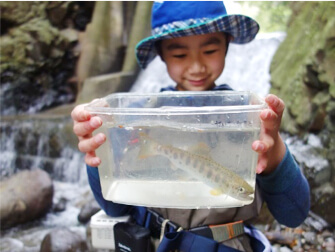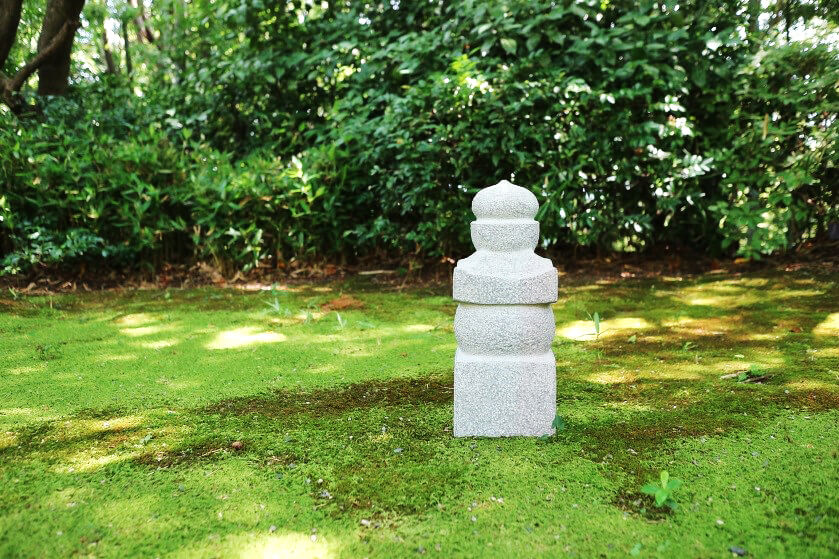
From the store ownerr
The products at “Irodori” are stone works of art that I have made by hand, fine things from Japan, and excellent Japanese fishing equipment. This store gives access to these products to people around the world. Through this world that has captivated me, I want to create an enriching experience in the hearts of others. We sell exciting products for people from around the world who love fine things from Japan. Please feel free to purchase our goods.
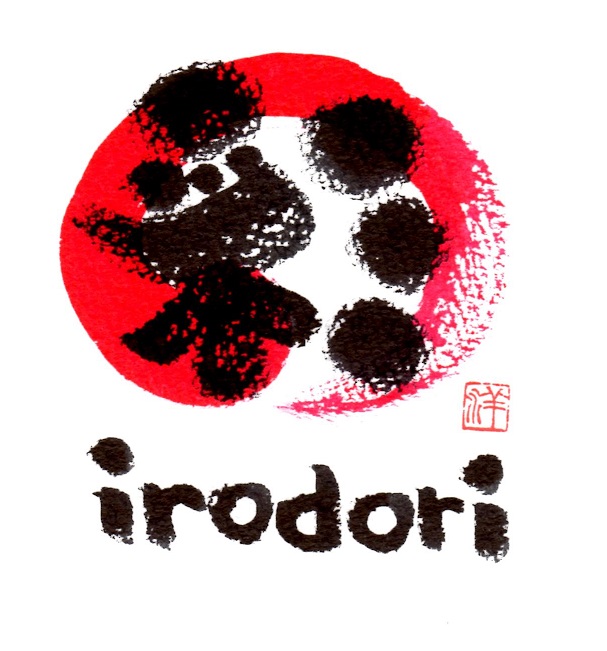
- Irodori
- Managed by Kamegawa Sekizai Ltd.
- Management origin
- Kamegawa stone store
- Managing director
- Hiroshi Kamegawa
- Founded
- 1923
- Address
- 798-12 Manazuru-machi, Ashigarashimo-gun, Kanagawa Prefecture
- zip/postal code
- 259-0202
- Business Hours
- Open five days a week, 8am-4:30pm, Monday-Friday
- [email protected]
- FAX
- 0465-68-3859
- URL
- http://www.kamegawa.co.jp
- Business
- Mining, processing, and marketing of “honkomatsuishi” andesite stone
- Shop managed online
- Antiques business
Self-introduction
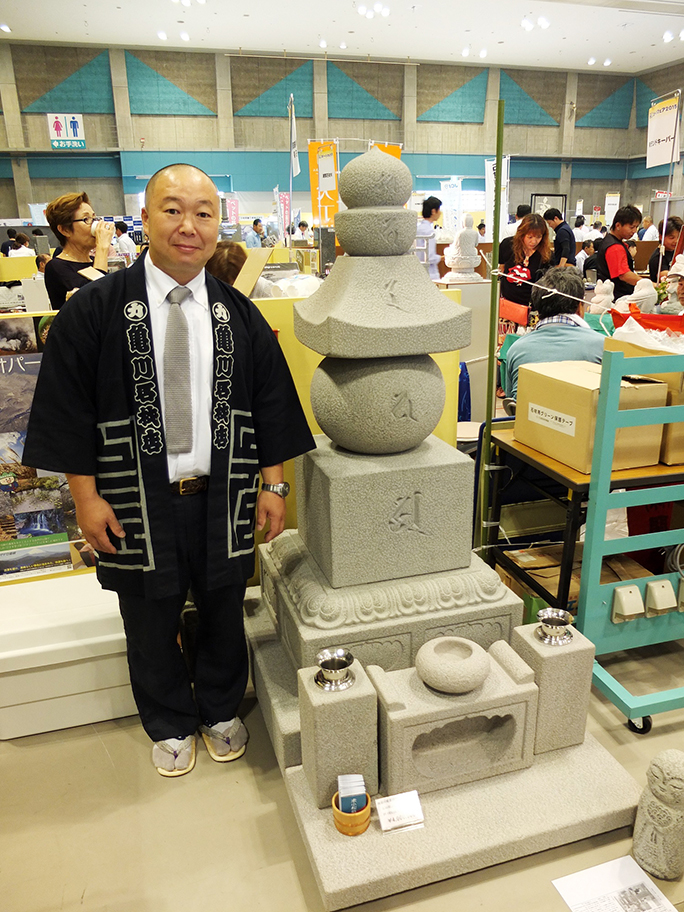
Hello, I am the owner of the store, Hiroshi Kamegawa. I was born on the 27th of November, 1975. I am a Sagittarius with an O blood type, which are generally said to be strong willed, active people, and I was born in the year of the rabbit which people say causes sensitive personalities. I was born and raised in Manazuru, Kanagawa prefecture. My hobbies include surfing, which I first began doing to lose weight, going to see foundation stones for temples and graveyards made between the Heian and Kamakura periods, and under the influence of my son, I like to go mountain stream fishing, catching char and trout.
About “Kamegawa Sekizai Ltd.,”
Kamegawa Sekizai was founded in 1924. For generations it has dealt in mining, processing, and selling of “Honkomatsuishi” stone.
Honkomatsuishi is a high-grade type of stone formed from the volcanic activity in Hakone Japan. It has been quarried actively since the Edo period, and has been used in projects such as the foundation stone for the Daibutsu statue in Kamakura, in temples in Tokyo, and in Edo castle. We take pride in handling this type of stone as it can be found nowhere else on earth.
History
Kamegawa Sekizai was founded in 1923. This company trades in “honkomatsuishi” stone, which can only be found in Manazuru in Kanagawa prefecture. Manazuru is around a 30-minute drive away from Hakone, famous for its hot springs, and about an hour’s drive from the Daibutsu “Great Buddha” statue at Kamakura.
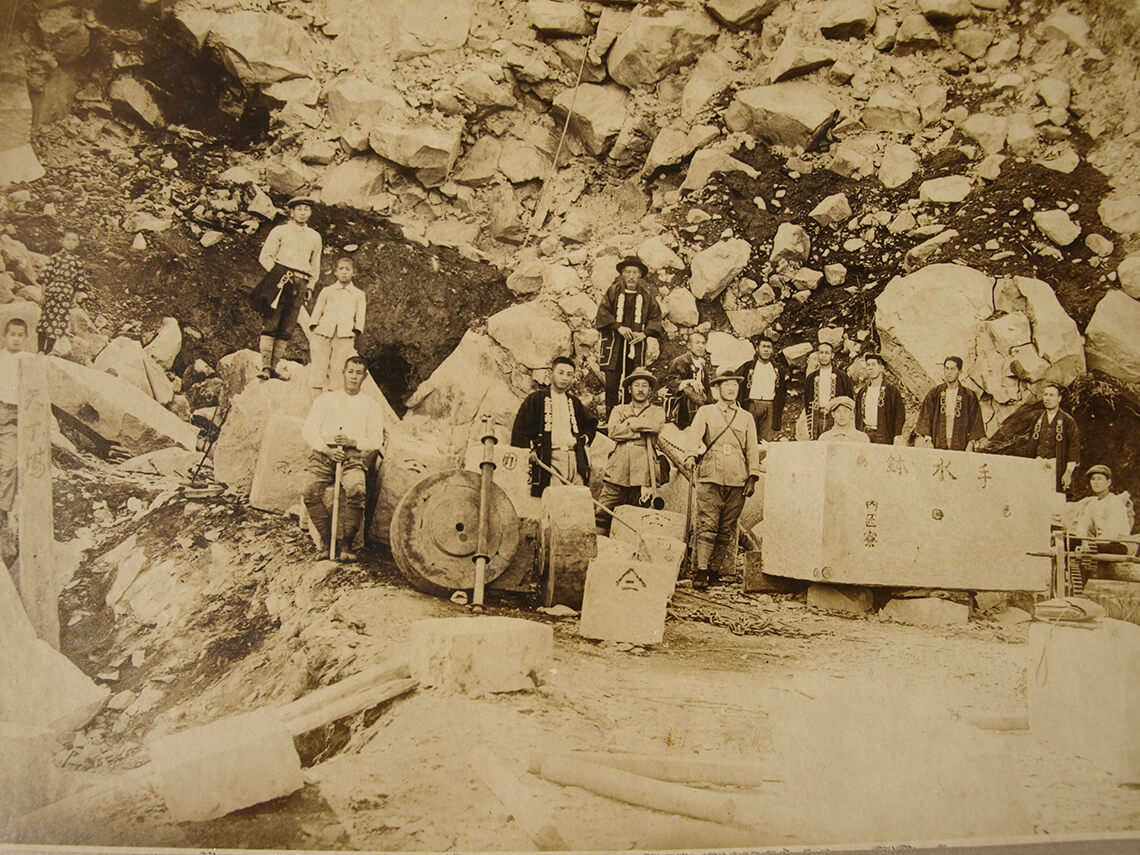
Taken in 1927, this photograph commemorates the collection of the stone used for the chozubachi hand basin of the Musashi Imperial Mausoleum “Tamagoryou.”
The first-generation founder, Yonejirou, provided the Chozubachi hand basin for Tamagoryou, the gravesite of the Emperor (located in the Musashi Imperial Mausoleum, Hachioji city, Tokyo.)
•A chozubachi is a hand basin near the entrance of temples and shrines. These hold the water used to clean the mouth and hands in order to purify the body.
The third generation, Eiichi, provided stone for the Musashino Mausoleum (Emperor Showa’s Mausoleum.)
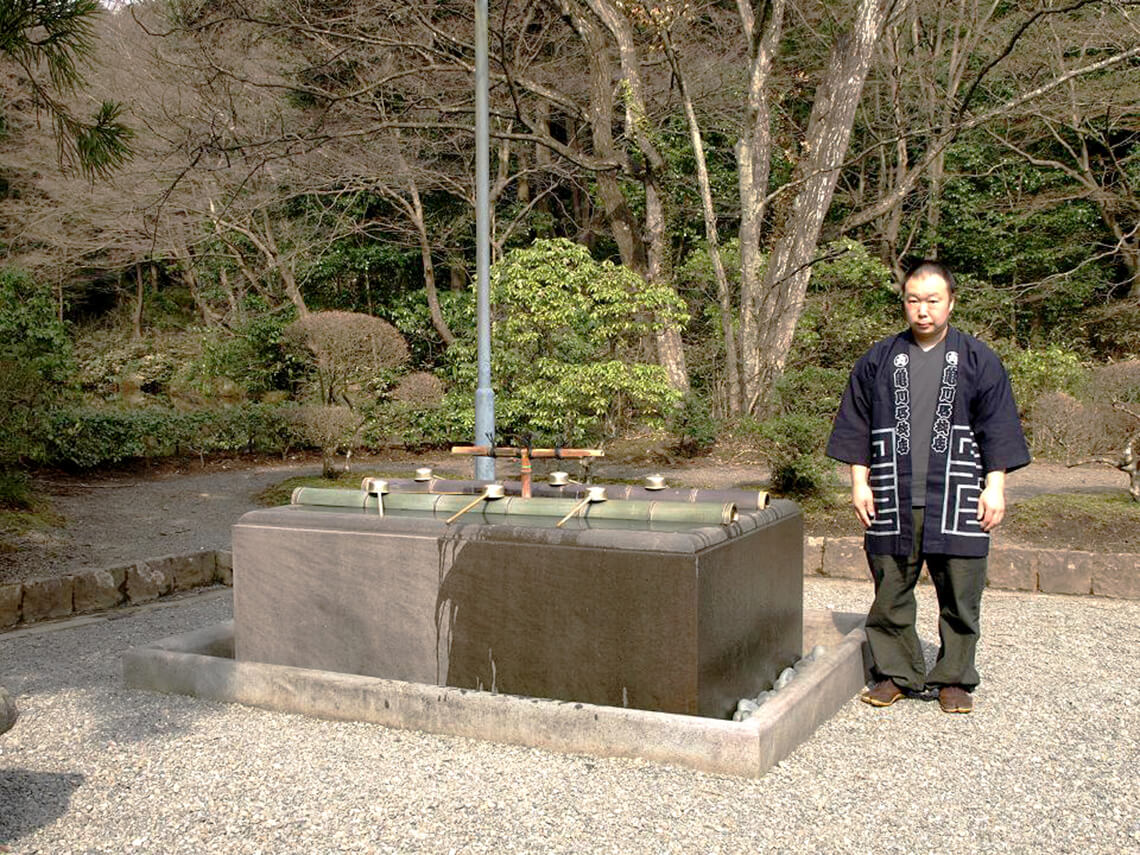
The chozubachi at Tamagoryou (Musashi Imperial Mausoleum.)
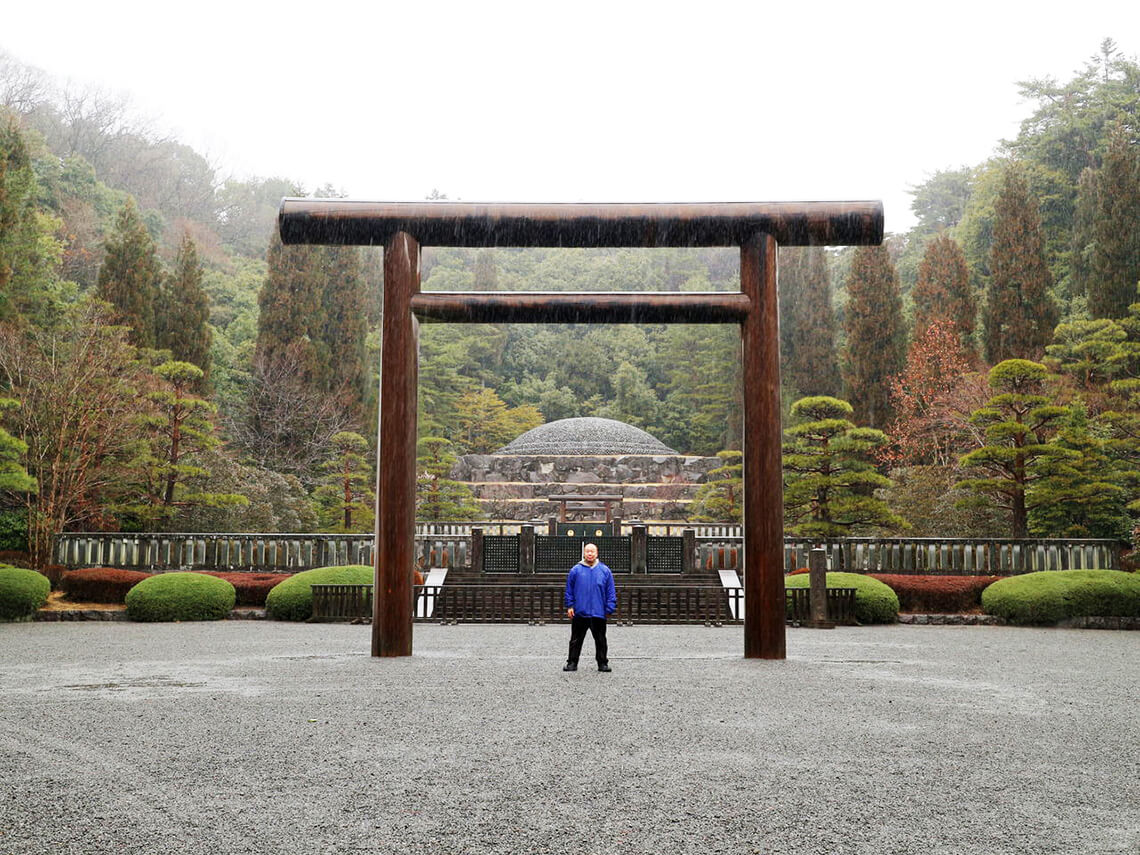
The stone steps dedicated to the Musashino Mausoleum (Emperor Showa’s Mausoleum)
You can still see the honkomatsuishi stone even now. The person in the photograph is Hiroshi Kamegawa.
As the fourth generation, after graduating from high school I decided to become a stone dealer too. When I told my father this, the third generation, he said: “train, study, and then come back.” Without knowing what I was doing, I travelled to Okazaki in Aichi prefecture, an area where stone is produced, and trained for four years at a stone dealership. During my training I spent my days creating gravestones and lanterns, and at night I learned about stone, studying in the stone processing department at the Okazaki Institute of Technology. During my training I was in the lowest position and so was given lots of work. I was constantly thinking things like “this is hard, it’s not interesting, I want to go home already”, but eventually I made friends who had come to train from all over the country, I acquired the hand crafting techniques, and was able to learn the enjoyment of creating. Thinking back on them now, they are great memories. In 1998 I finished my training and entered the Kamegawa company.
What is Honkomatsuishi?
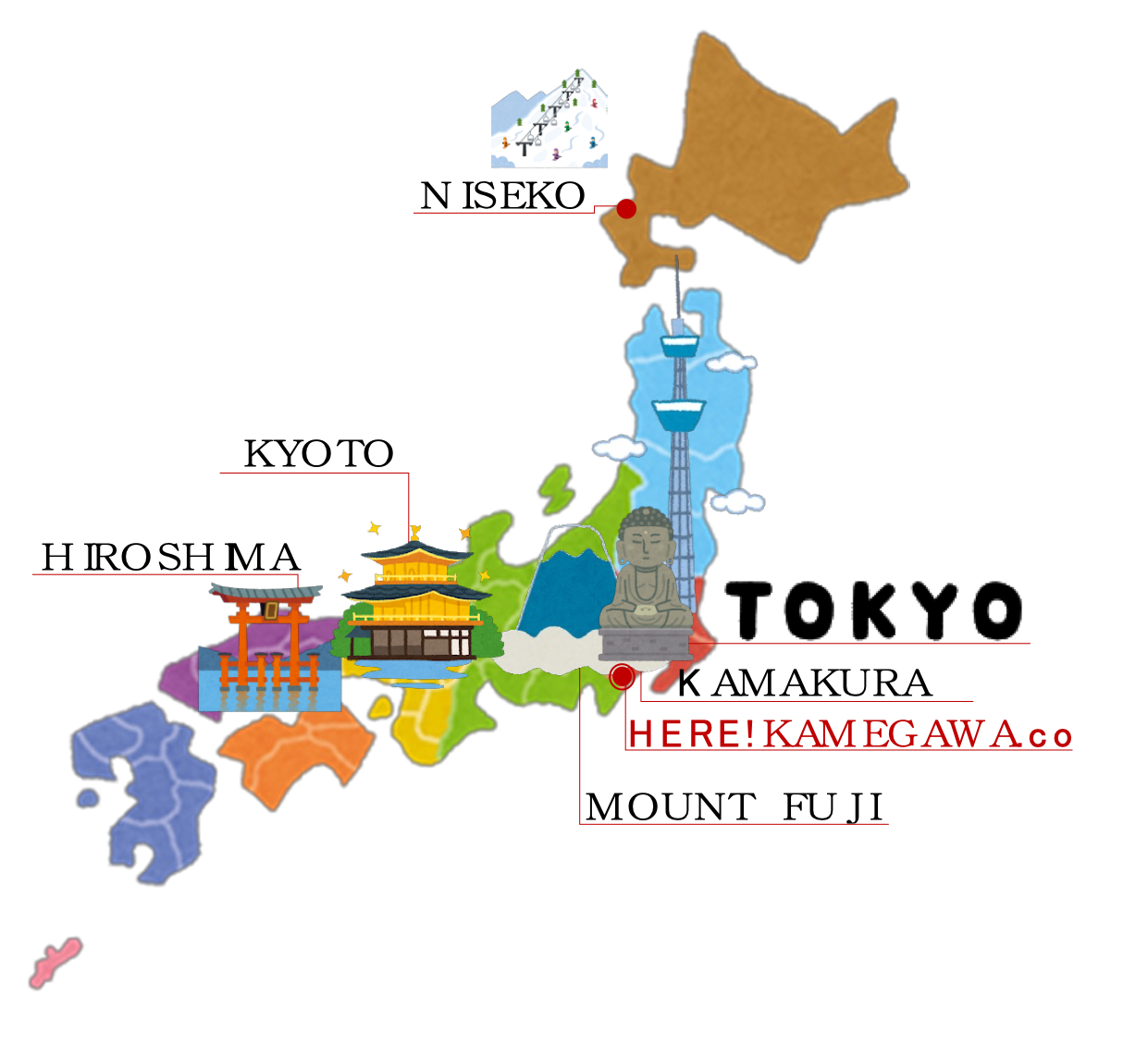
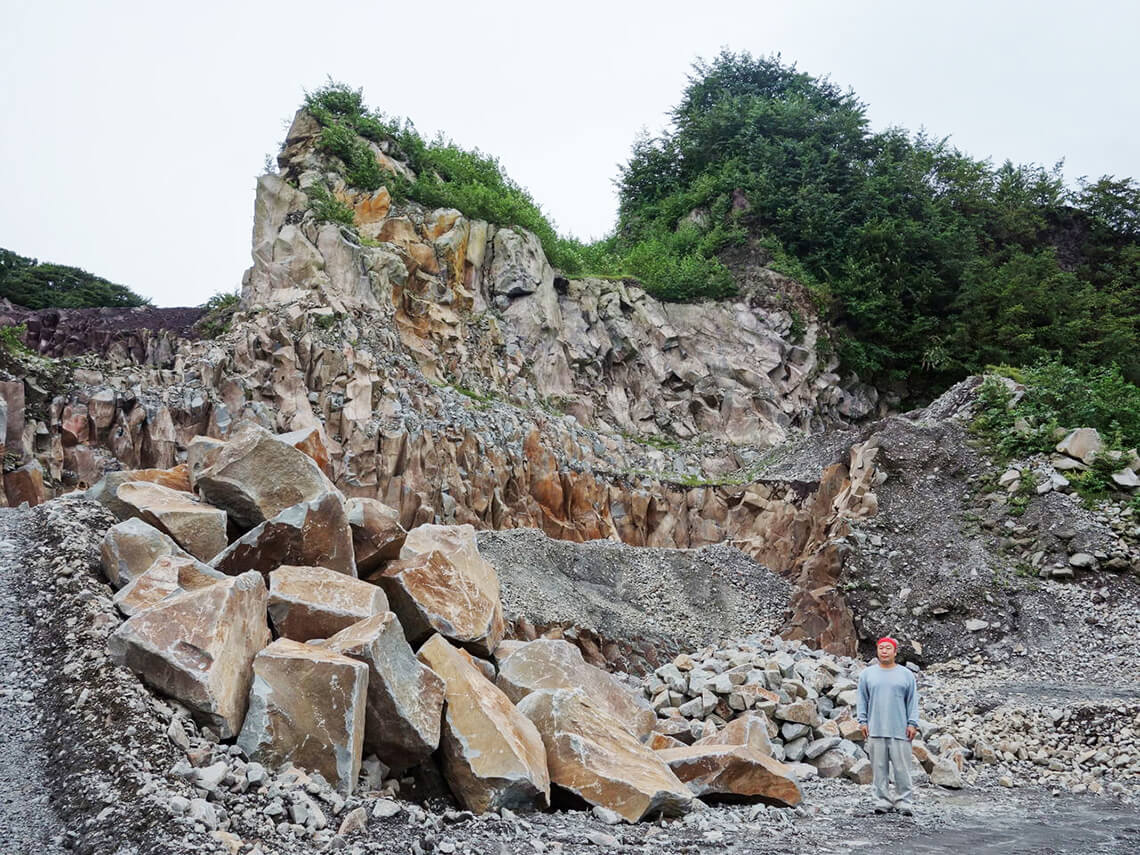
The site of a quarry. The rust color on the surface of the rock comes from the iron content.
The honkomatsuishi was created by lava through volcanic activity in Hakone around 150,000 years ago.
Considered the highest quality material for use in gravestones in Japan, it is selected by many as the “Yokozuna Honkomatsuishi of the East”, named after the highest rank in sumo wrestling, yokozuna. Honkomatsuishi was used in great quantities in the walls around Edo castle (now the Imperial Palace.) To create the walls of Edo castle, the stones were piled up on boats and transported by sea. Once the walls of the castle were completed, the Edo shogunate distributed the left-over stone to the common people. The commoners accepted the stone gratefully, naming it “goyouishi”, and used it for their grave stones. This is the reason that honkomatsuishi is said to be a famous type of stone. The grave of Tokugawa Ieyasu in Kunouzan Toushou-gu, Shizuoka prefecture, as well as many historic sites in Tokyo, make use of honkomatsuishi.
Honkomatsuishi was used in great quantities for the walls of Edo Castle (the Imperial Palace where the Emperor lives.)

Honkomatsuishi is also used in the grave of Tokugawa Ieyasu, at Kunouzan Toushou-gu in Shizuoka Prefecture.
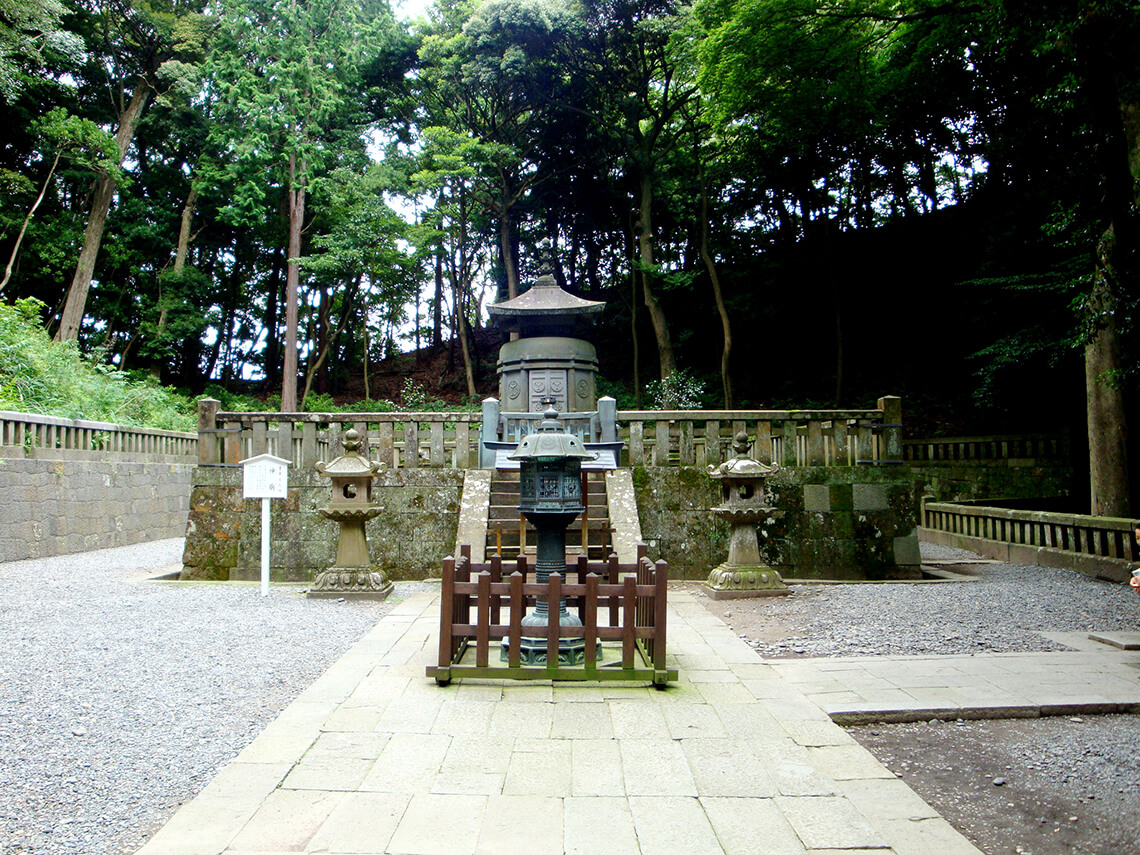
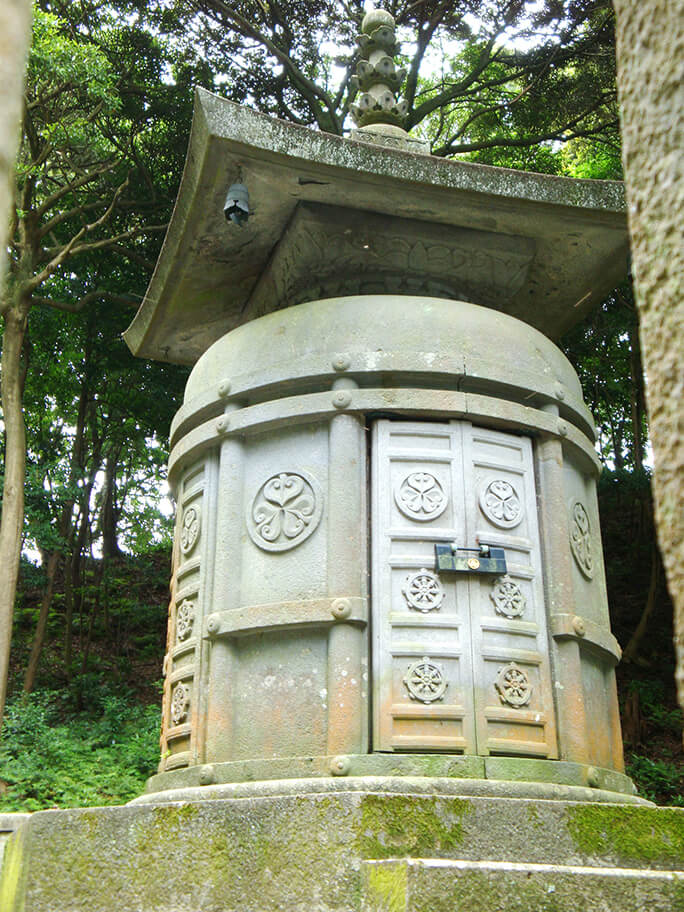
The five-ringed pagoda of head priest Kakken made in 1306 in the Joukoumyou temple in Kamakura, Kanagawa prefecture, is also composed of honkomatsuishi.

This photograph shows the first stone sculpture symposium held in Japan, the “Modern World Sculpture Symposium.”
Sponsored by the Asahi Shimbun, in 1963 works made of honkomatsuishi, from Manazuru where my company is located, were displayed in the Shinjuku Imperial Gardens. In the following year, they were displayed at the Yoyogi National Gymnasium during the Tokyo Olympic Games. They are now installed in a park in Osaka.

Honkomatsuishi has lately come to be called endangered.
Since honkomatsuishi has been mined actively since the Edo period, with a constant demand from limited reserves, it is now seen as a non-renewable resource (a natural resource that is not replenished at the same rate that humans deplete it.) The extent that can be mined is now decided, and there are less mountains that can be newly developed upon. My company has delivered fine stones over four generations since the end of the Taisho period, but now our mining locations are finally growing smaller, and at present there are fewer “good stones” (larger clumps) available. In other words, there is a chance this stone may go extinct in the near future. In order to let others know about the difficulties of mining, and the scarcity of this rock, I have considered naming it “Endangered Honkomatsuishi.” From here on I want to use this stone with care.
Beautiful Japanese fishing gear
I love mountain stream fishing. The reason I began fishing was because my son was caring for a duck. At first, we were catching small fish at a nearby stream for food for the duck, but I was so captivated by the beautiful pattern of the masu salmon that my son caught that I came to love mountain stream fishing. I already appreciated the hand-made, great products made by craftspeople in Japan, and I became interested in quality Japanese fishing gear. I found the emotion and passion behind these handmade Japanese fishing tools extremely compelling. I want people around the world to experience the beauty of these fishing tools, which captivate anglers in Japan.
